Content audits are primarily done before marketing begins and during the website re-design stage. We always recommend doing a content audit on a website BEFORE starting the re-design, especially if it is a larger website that has a lot of history. A content audit is necessary in order to properly keep track of all the content that is going to be included in the new site.
What is Included in a Website Content Audit?
A website content audit involves exporting the pages of the site using a tool and manually going through the pages of the site to get a better understanding of the content strategy, navigation architecture, and on-page SEO. The important information that is needed includes:
- Navigation Title
- Page Name
- All Page URL’s
- Meta Title
- Meta Description
- 301 Redirect Table
- Keyword Research
- Comments
This information can be hosted in an excel file. More on the process below.
Website Content Audit Process
Everyone performs their website content audits differently. There isn’t really a right or wrong way to do it as long as all of the necessary information is easy to access and clearly defined.
Step One: Run a Crawl Report
The best way to begin gathering content information for the site is by simply running a crawl report. This will produce necessary elements including: URL, meta title, meta description, and more. Highlight areas of the crawl report that may need improvement such as: missing meta titles or descriptions, long title tags, missing header tags, etc. By keeping this information in a separate tab, you will know if the site needs to be re-siloed, has missing content and SEO, etc. This also allows you to see all of the URLs of the site which can help you with your next step.
Step Two: Layout the Navigation
In the same spreadsheet, different tab, begin manually going through each page of the site in order. Gather the title for the top level navigation first. Then begin gathering titles of secondary navigation pages in a secondary column. Include the URLs in the third column. Comments for each page in the fourth column. This makes it really easy to see what the focus strategy is per page at a high level. This also helps create the correct silo architecture each site should have for better rankings.
Step Three: 301 Redirect Table if Needed
When going through the navigation and content of the website, you’ll probably notice redundancies in pages, or find certain pages that are located under the wrong top level navigation. With those, you want to make sure they are properly 301 redirected, so there are no 404 errors created from moving the pages. This also is a necessary if the website has any backlinks pointing to specific pages within the site. 301 redirects are Google-friendly redirects. In the column next to your landing page URLs, create a column next to that titled “301 URL”. Create the new name of the URL so that it includes the proper category names needed to be properly siloed.
For example:
Old URL: www.example.com/plumbing/
You want the plumbing page to be hosted under the ‘Services’ silo.
New URL: www.example.com/services/plumbing/
Pretty simple, just time consuming if you have a ton of URLs that need to be properly siloed.
Step Four: Keyword Research
In order to properly optimize each landing page of the site, you have to understand how users are searching for your product or service. In a separate tab of the same excel file, you can use the Google Keyword Planner to discover keyword opportunities. This was explained in our recent blog post more in detail: How Content and Links Work Together for Better Organic Marketing
Step Five: Get to Work!
Now that you have all of the content information properly laid out in an excel document, you can get to work. Refer to your crawl report to prioritize which pages need to be re-written and optimized by looking for errors that stand out. Use your keyword research to incorporate the right keywords in each page. Once those errors and pages are complete, you can refer to the new website architecture for any new pages that may need to be written. A lot of re-architecture means writing pages that were missing before. Get those done next or simultaneously with the other pages that have errors. Lastly, implement the new optimized content with the 301 redirects.
Why a Website Content Audit is Necessary for a Successful Re-Design
As you can see, there are many moving pieces to a content audit. Some companies are quick to sell a website re-design and simply move existing content over. The content should be part of the re-design process because it is a huge contributing factor to the overall user experience and how Google indexes and ranks the site. This can easily be overlooked in the re-design process which can lead to issues later such as:
- Loss in website rankings when 301 redirects aren’t properly implemented
- Duplicate content issues
- Missed opportunities for proper on-page optimization with rankings and conversion
- Technical website errors
These are just to name a few. The website content audit needs to be done in order to catch any errors and mistakes during the process.
The content audit also helps set up opportunities for future months of marketing. When a site has a fresh design, fresh content, and fresh navigation, it will be clear if anything is missing from the content. For on-going marketing, you can collect ideas for new landing pages that can be developed in future months which will help with the organic SEO and the overall user-experience, leading to increased conversions.
When the new design is live there is also a final step, which is to review the work for accuracy. Even though you laid it out all pretty in an excel file, things still may be missed. Run a new crawl report to find any missing elements and manually go through each page to see if anything stands out. Refer to our website checklist to make sure everything is cohesive with your strategy and you’ve addressed everything found in the initial audit.
Bottom Line
In order to reduce organic traffic downtime, increase organic traffic from the re-design, and set up future months of content strategy for the website; always start with a content audit. The content audit works hand in hand with the overall sales funnel of the website. If the website is hard to navigate, missing important content, and not properly optimized per page – you’re losing money.
Learn more about how we can help you with your re-design by auditing your site here, or call us today: 800.871.4130

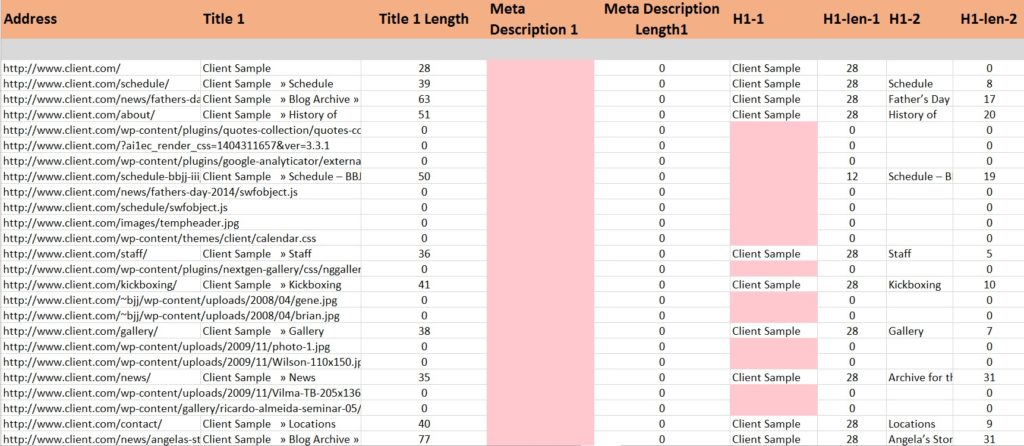
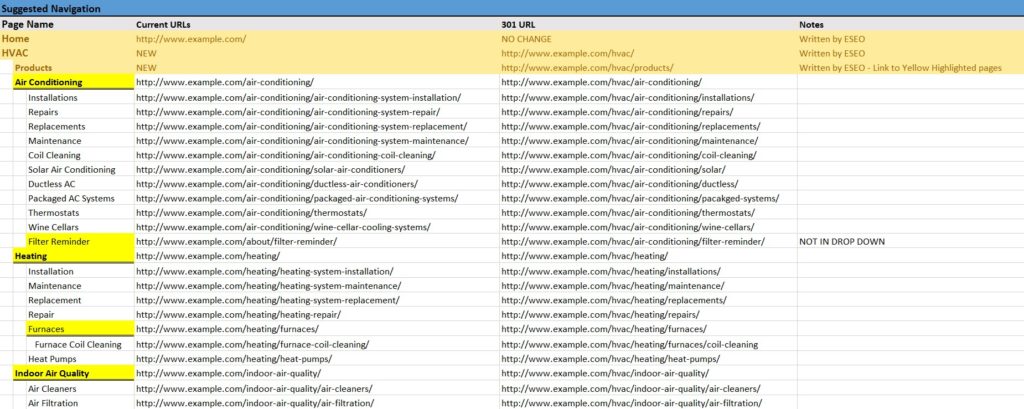
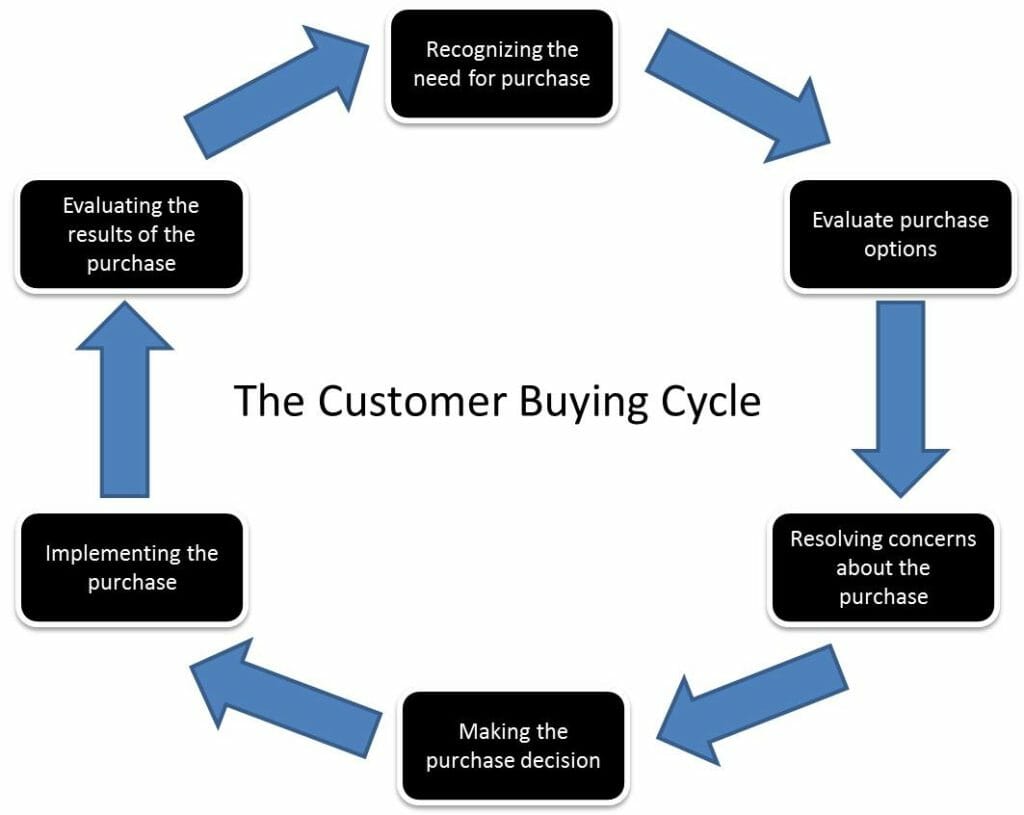
 “The probability of selling to an existing customer is 60 – 70%. The probability of selling to a new prospect is 5-20%.” (
“The probability of selling to an existing customer is 60 – 70%. The probability of selling to a new prospect is 5-20%.” (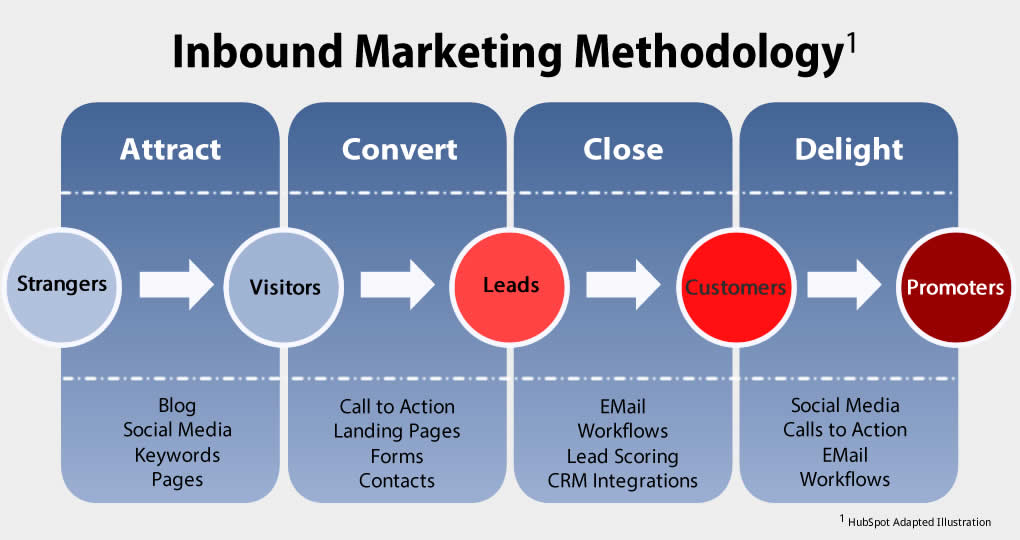

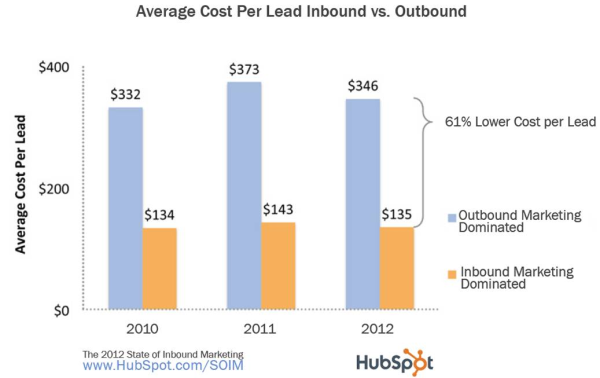




 Online marketers have a notorious (and unfortunate) reputation for not being able to concretely demonstrate the ROI of the services they provide. This statement holds true even with sophisticated marketing, tracking and analytical tools because it can be very difficult to determine where sales come from.
Online marketers have a notorious (and unfortunate) reputation for not being able to concretely demonstrate the ROI of the services they provide. This statement holds true even with sophisticated marketing, tracking and analytical tools because it can be very difficult to determine where sales come from.




